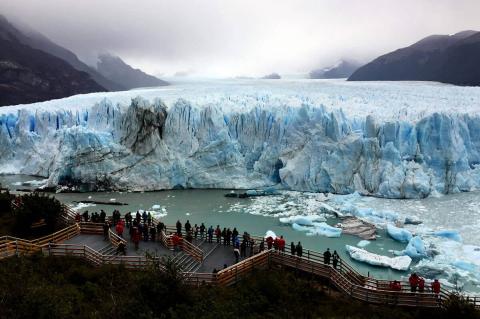Argentina: Cultural Landscape
Argentina's cultural landscape is a vibrant tapestry woven with threads from indigenous civilizations, colonial influences, and waves of immigration. This intricate fabric reflects a nation where diverse traditions, beliefs, and expressions coexist, creating a unique and captivating cultural identity.










